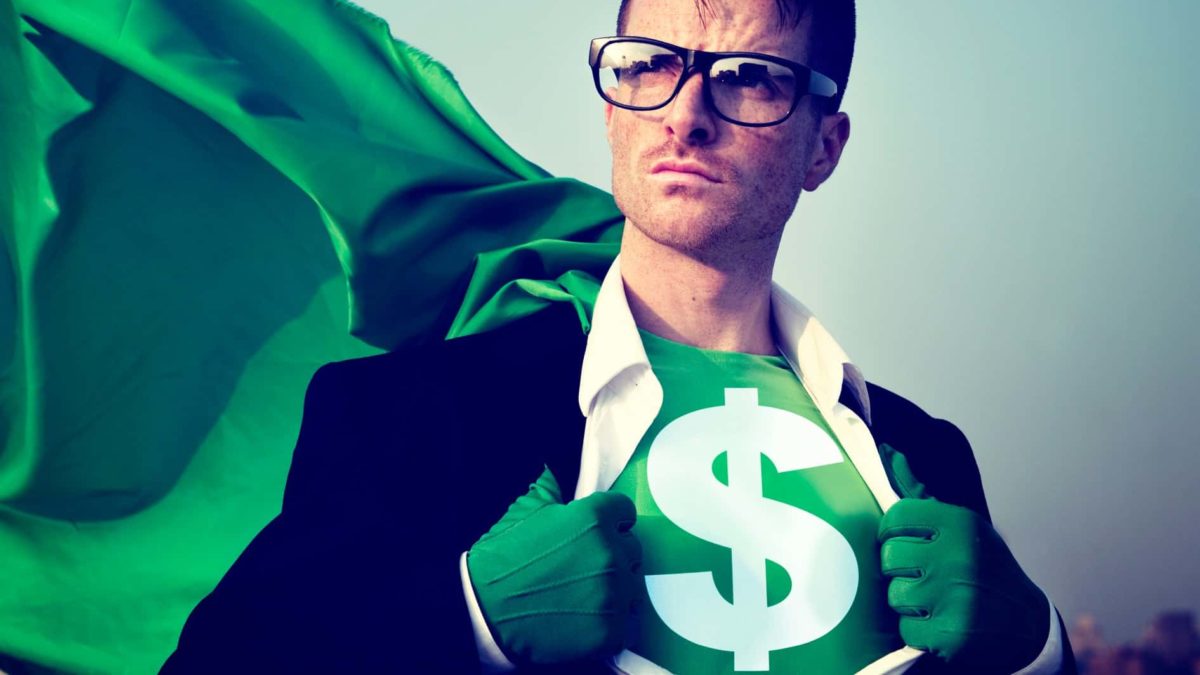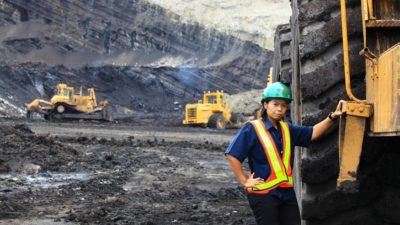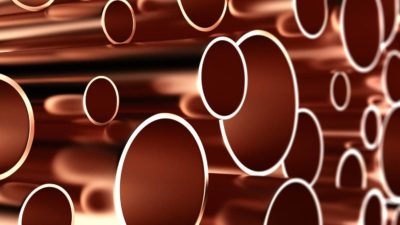Green energy is the future, fossil fuels are the past.
That's the basis upon which Fortescue Metals Group Limited (ASX: FMG) has spent the past three years positioning itself as a leader in the global green energy revolution.
Fortescue began all this by forming a subsidiary business, Fortescue Future Industries (FFI), in 2020.
FFI is decarbonising the metals division while creating a whole new green energy business.
What's green hydrogen got to do with it?
Green hydrogen is a primary focus of Fortescue Future Industries.
FFI CEO Mark Hutchinson said various estimates value green hydrogen as "a multi-trillion-dollar market".
Fortescue's first goal is to produce 15 million tonnes of green hydrogen annually by 2030.
It will achieve this through a series of partnerships, including a big one with E.ON, which is one of Europe's largest energy network operators.
FFI and E.ON have signed a memorandum of understanding entailing FFI supplying up to five million tonnes of green hydrogen per annum to Europe by 2030. That's a third of FFI's targeted 2030 production.
We've done it before, we'll do it again
Right now, it's hard to quantify how the diversification of Fortescue from a pure-play iron ore miner to a global green energy and resources company will pay off in monetary terms.
For now, Forrest is asking shareholders to let history guide them.
At the recent annual general meeting (AGM), he reminded them of Fortescue's humble beginnings 19 years ago when "the entire cash at [the] bank wouldn't have covered one hour of today's payroll".
He said growing Fortescue Future Industries represented "going back to the beginning … back to the trenches shareholders, with a fighting spirit, right to where we started".
He spoke of a "more profitable future" as a global green energy and resources company, while also "saving the planet for our kids" and no longer "cooking ourselves" through climate change.
At the AGM, Forrest said:
You would've remembered a little David in the Wilderness, armed with nothing more but courage, a giant sense of purpose, and perhaps a slingshot, when we had no ground, no capital … and no way of getting our products to market. Only 19 years ago.
We are now, probably the most respected iron ore producer in the world and the only industrial company to stop the greenwashing and just step beyond fossil fuels to save our kids.
When will Fortescue Future Industries start making money?
Hutchinson says he expects Fortescue Future Industries to achieve earnings in 2024 or 2025.
He adds: "The geopolitical environment will only serve to speed this up. Energy security is leading more and more countries to green energy solutions."
Green hydrogen is produced using renewable electricity through electrolysis.
Fortescue is currently building the world's largest electrolyser facility in Gladstone, Queensland. It's called the Green Energy Manufacturing Centre (GEM). It is expected to produce its first electrolyser in 2023.
GEM will also manufacture wind turbines and solar panels.
Hutchinson said GEM will create "new revenue streams … and [deliver] significant returns for our shareholders".
While building a brand new business division and decarbonising the metals business requires a major financial investment, Forrest also points out the cost savings that will be achieved over time.
He said: "Renewable energy is everywhere … it's yours and ours and as your Fortescue adopts it, down comes your operating costs, up goes your margins …".
He explained:
By 2030, our plan is to invest US$6.2 billion in decarbonising and future-proofing Fortescue. The investment will be highly positive for shareholders and displace the equivalent of 1 billion litres of diesel every year by 2030.
At market prices, we will save US$3 billion by 2030, so a net investment is only US$3.2 billion, and we continue to save over US$800 million a year, every year. If we're not buying the filthy stuff.
If we continue to just buy oil and gas, our own modelling shows we will blow up $17 billion of your capital while busily destroying the planet for your children.
Forrest says "green energy will become cheaper than fossil fuel" which will lead to mass adoption of it as an energy source across a range of industries all over the world.
And Fortescue Future Industries wants to be well-established and ready to service that demand.
Writing in the FY22 annual report, Forrest said Fortescue's new purpose is, "To lead the green energy revolution – and, once again, set a record-breaking industry benchmark in everything we do. We have already begun. We must become the Saudi Arabia, not of oil, but of green hydrogen."
Shareholders seem to agree, with 100,000 ASX investors buying Fortescue shares since the formation of Fortescue Future Industries in 2020. That's a 125% increase.
Will FFI drain Fortescue's balance sheet?
Forrest reckons Fortescue has "one of the strongest balance sheets in the mining world".
The capital allocation for Fortescue Future Industries is 10% of Fortescue's net profit after tax (NPAT).
As my Fool colleague Tristan points out, FFI's total expenditure in FY22 was US$534 million, including US$148 million in capital expenditure and US$386 million in operating expenditure.
Anticipated expenditure in FY23 is between US$600 million to US$700 million, including US$100 million of capital expenditure and US$500 million to US$600 million of operating expenditure.
At the AGM, Hutchinson said FFI's project finance "will be separately secured through the substantial market demand for green investments".
He explained:
There is considerable and growing international capital for green projects, with the world's largest asset managers now firmly committed to funding the climate transition.
We are working closely with banks, multilaterals and export credit agencies, globally. They are actively seeking to invest and commit the capital required to scale green energy projects that will allow the world to meet its targets under the Paris Agreement.
The Fortescue share price is up 3.15% today to $21.46. It has gained 25% in value over the past month.







